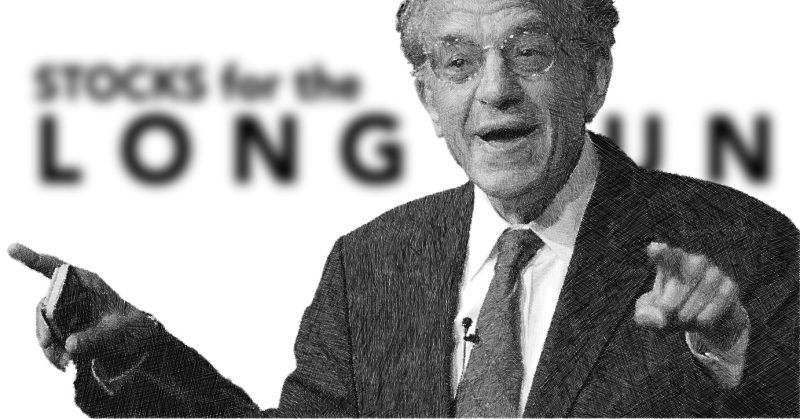by Professor Jeremy J. Siegel, Senior Economist to WisdomTree and Emeritus Professor of Finance at The Wharton School of the University of Pennsylvania
We crossed the 5,000 level on the S&P 500 Index, and while that is just an arbitrarily round number, I will talk about the significance of this major milestone in context of historical returns below. First, let’s review this light week of data.
The only datum of significance was jobless claims. The sweet spot for jobless claims is right between 200,000 - 240,000 and that is exactly what we are getting. To be sure, this is a volatile number, so it may occasionally breach this range. But for now, the Goldilocks streak continues.
The data this week will be much more important. We get the Consumer Price Index (CPI), Producer Price Index (PPI), and retail sales for January, along with housing starts. Unless things start falling apart very quickly, we certainly will not get a rate cut from the Federal Reserve (Fed) in March. The economy doesn't need a rate cut with this underlying strength combined with little inflation. If we get significant weakness in commodity prices, then I would say the Fed should cut rates even with this strong economy because that could be a negative indicator of future economic activity.
Although I believe it is important for the Fed to eventually uninvert the yield curve and bring short rates below long rates, clearly the present set of rates is not overly suppressing the economy. I am very confident that if the Fed sees the economy slowing, it will lower rates. And that was the key narrative change following the December Federal Open Market Committee (FOMC) meeting.
Within the markets, we may be starting to see signs of over-speculation on the artificial intelligence (AI) driven semiconductor stocks. I won’t call this a bubble at these levels, but there is a frenzy of excitement and many trend followers are piling on the AI wagon. This can continue a long time until we get a big earnings miss, but we know if these trends last long enough, it does not end well.
Many make analogies of the AI hype today to the internet boom in 2000. I called out many of the big-cap tech stocks as a sucker’s bet in March 2000 in my Wall Street Journal op-ed at that time. I don’t think we are anywhere near levels that motivated that view. Back in March 2000, the S&P 500 traded over 30 times earnings per share and the large-cap tech stocks were selling at more than twice those levels, with some going at triple digit P/E ratios. Internet firms that had no earnings and traded at huge valuations.
The market as a whole is much more reasonably priced now—just over 20 times forward earnings—and there are some real pockets of value closer to 12-13 times earnings in the small-cap value segment of the market. That was an opportunity in the aftermath of tech hype in 2000 and, if these trends continue, we may approach a similar opportunity in the unloved non-tech segments in the future today.
In a few weeks, we will be coming up on the fifteenth anniversary of the bottom, at 666, for the S&P 500 that followed the financial crisis. At 5,000, a level we crossed last Friday, the S&P 500 is 7.5 times the low of March 2009—representing an annual annualized return of 16.6% per year and 14% per year after inflation. That's a return that more than doubles the long-run average I calculated in my book, Stocks for the Long Run, as 6.8% per year.
This was an absolutely remarkable 15 years and investors should not expect this to continue. The S&P 500 beat the Dow Jones Industrial Average and the Nasdaq Composite Index beat both—with the tech focused index up over 20% a year from those lows. Again, while I don’t think we’re in a bubble yet, I think investors should be looking for broader participation in the markets. If the AI revolution is as real as I think it can be, it will not just benefit the mega-cap tech stocks. All firms will learn how to use and benefit from this great technology.
Copyright © WisdomTree















